- 路 Microwave
- 路 Atmospheric Pressure Microwave 路 Pressure Microwave 路 Parallel Microwave
- 路 Ultrasonic 路Low Temperature Ultrasound
- 路 Ultraviolet Light
- 路 Microwave Heating 路 Atmospheric Pressure Synthesis 路 Atmospheric Pressure Catalysis 路 Atmospheric Pressure Extraction
- 路 Sample Preparation 路 Microwave Digestion
- 路 Soil Digestion 路 High Pressure Synthesis
- 路 Solid Phase Synthesis
- 路 Organic Synthesis
- 路 Ionic Liquid Synthesis
- 路 Degradation Of Natural Organic Matter
- 路 Natural Product Extraction / Purification
河北祥鹄科学仪器有限公司
400UV Study on bio-imprinting and cross-linking of lipase
This paper, completed by a research scholar at the College of Chemistry and Chemical Engineering of Yunnan Normal University, discusses papers on the study of lipase bio-imprinting and cross-linking, published in the important journal
In this paper, lipase was used as the imprinting object. The lipase was firstly bio-imprinted, then the lipase of the imprinted enzyme was acetylated and cross-linked, and the acylation and cross-linking were detected by trinitrobenzenesulfonic acid (TNBS). degree. The results showed that the number of free amino groups decreased after acylation and cross-linking, indicating that some amino groups were involved in acetylation, which made the cross-linking of the imprinted enzyme possible. At the same time, the cross-linked enzyme was structurally stable, not easy to be inactivated, and the activity was significantly higher than that of acetylase.
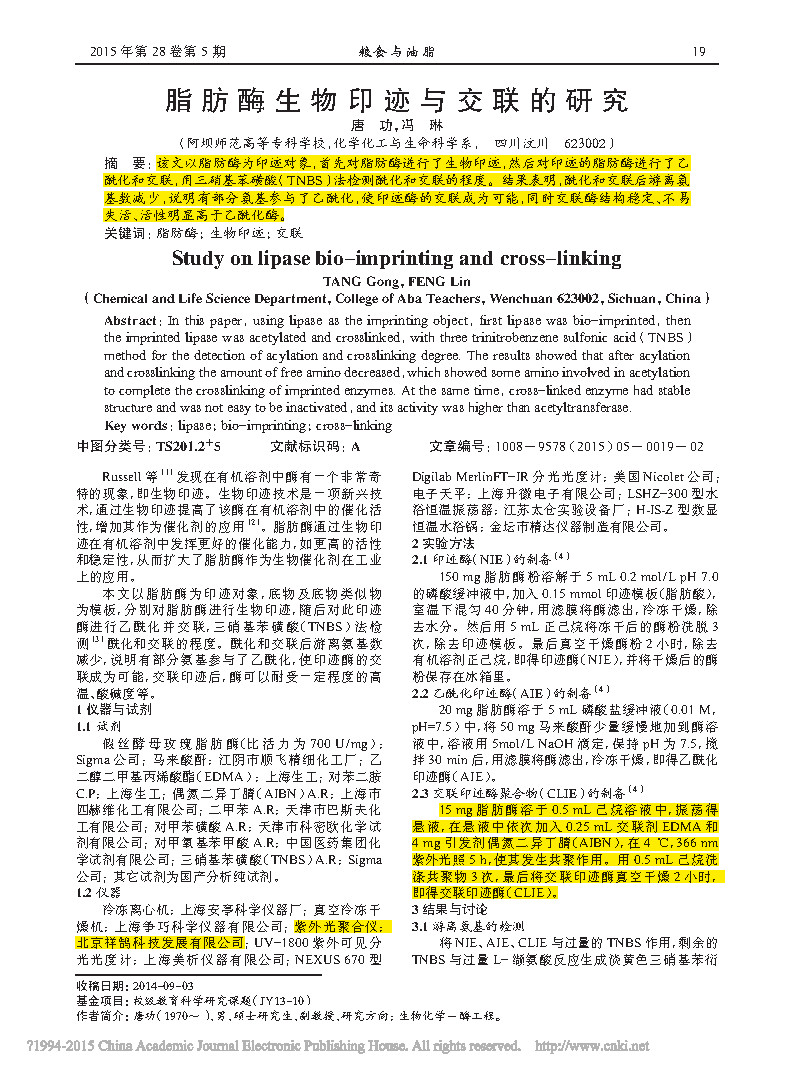
Fig.1/2↑

Fig.2/2↑
Through this experiment, it was found that cross-linked imprinting can reduce the flexibility of the enzyme, increase the rigidity of the enzyme, increase the tolerance of the enzyme to temperature, and the activity of cross-linking-imprinting enzyme is significantly higher than that of acetylase. It is speculated that the enzyme may be after cross-linking. The conformation is fixed, the structure is stable, and it is not easy to be deactivated, so that the rate of enzymatic reaction of the cross-linking enzyme is greatly accelerated.
15 mg of lipase was dissolved in 0.5 mL of hexane solution and shaken to obtain a suspension. 0.25 mL of crosslinker EDMA and 4 mg of initiator azobisisobutyronitrile (AIBN) were added to the suspension, at 4 ° C, 366 The nm light was irradiated for 5 h to cause copolymerization. The copolymer was washed 3 times with 0.5 mL of hexane, and finally the cross-linked blotting enzyme was vacuum dried for 2 hours to obtain a cross-linked blotting enzyme (CLIE).

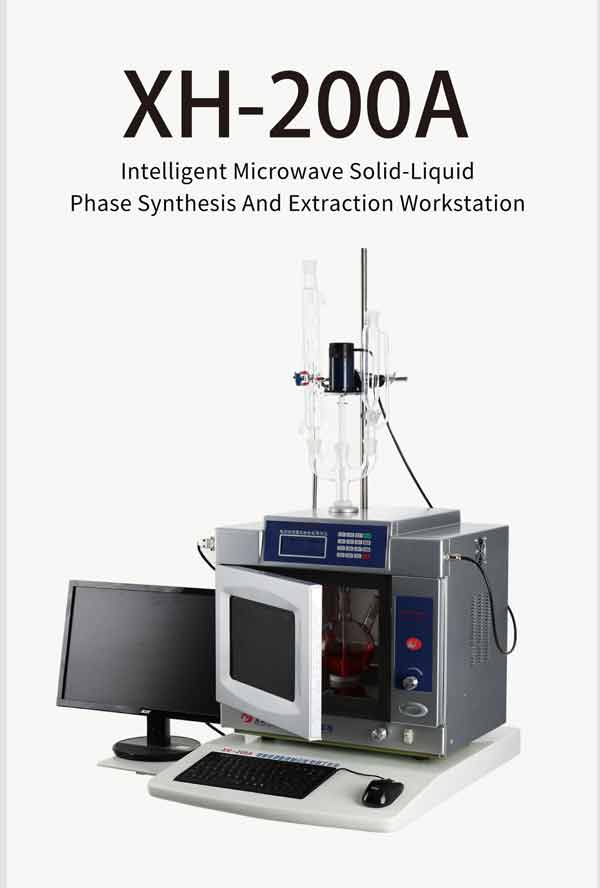
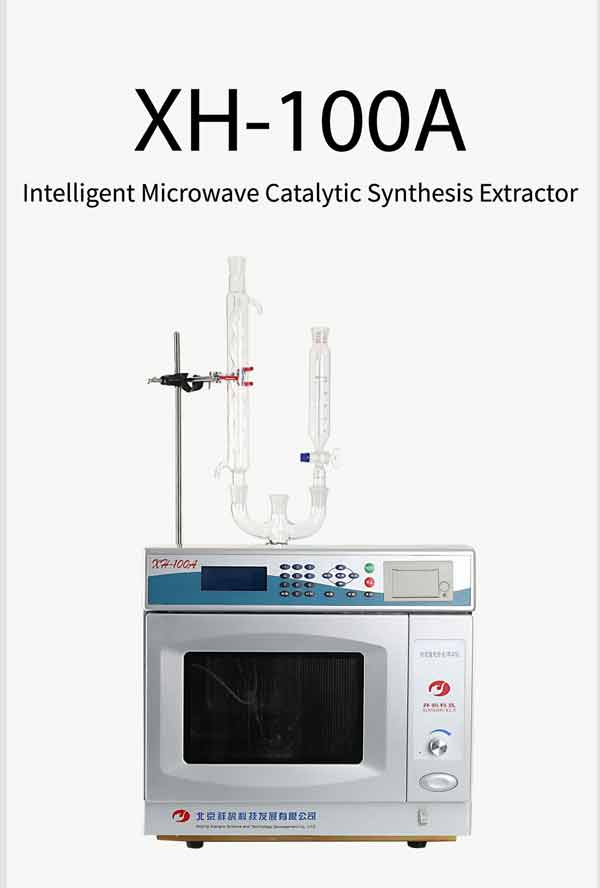
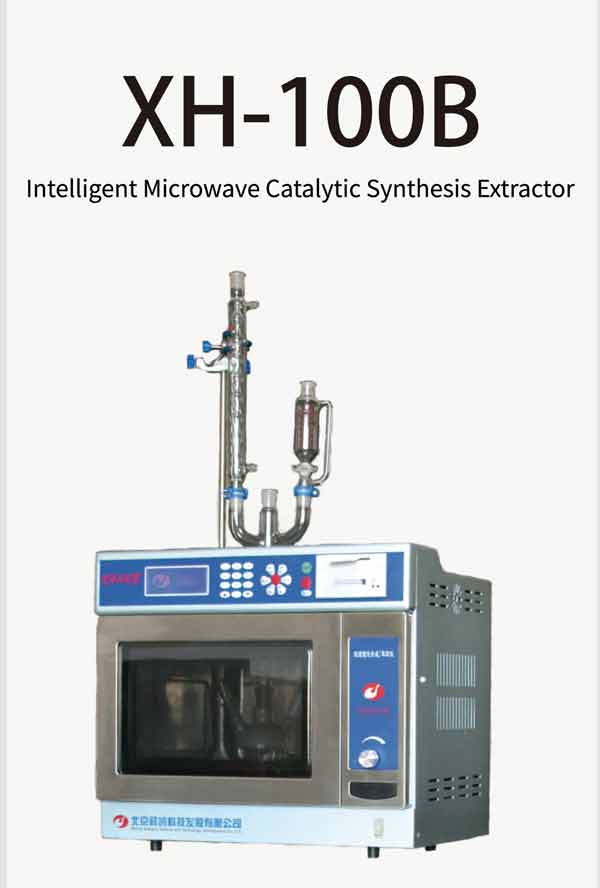
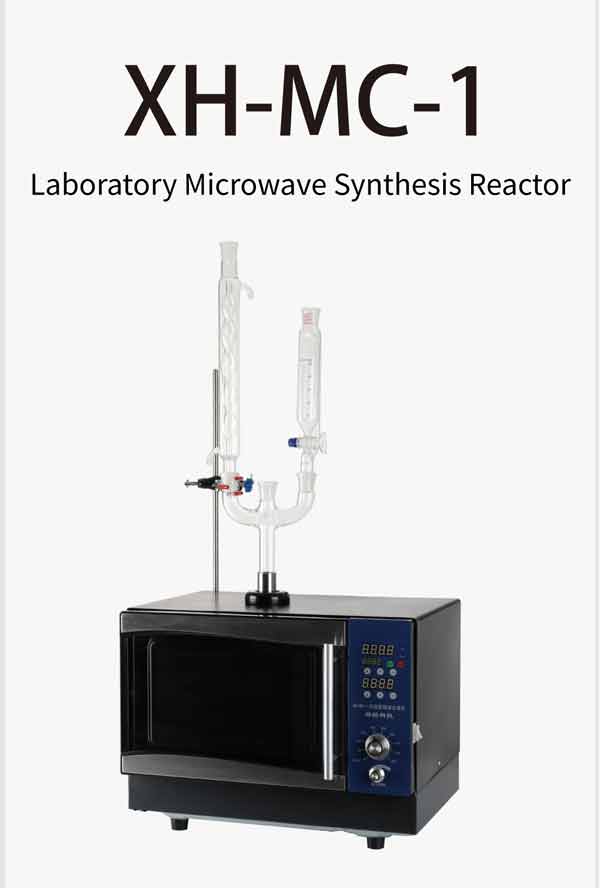
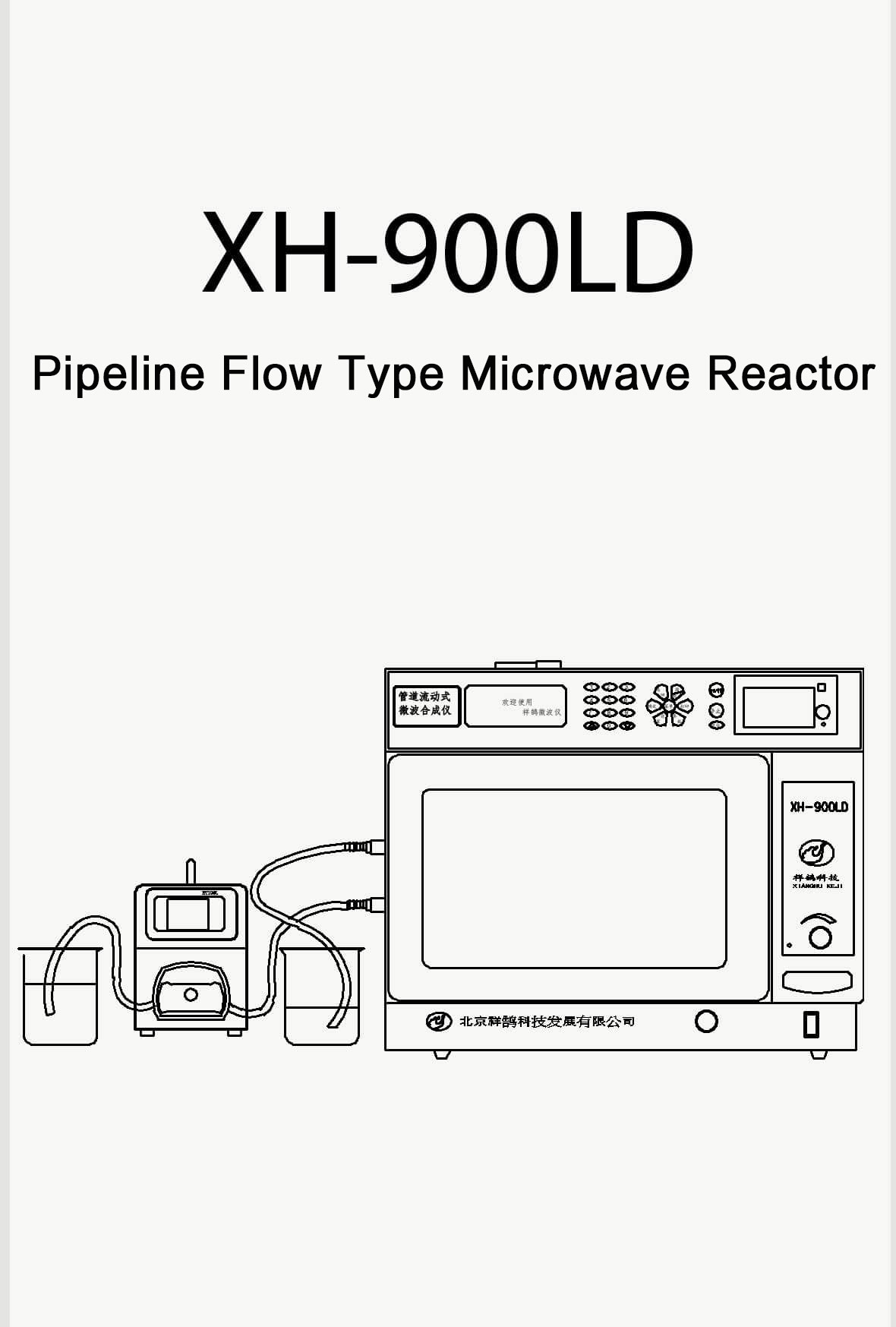
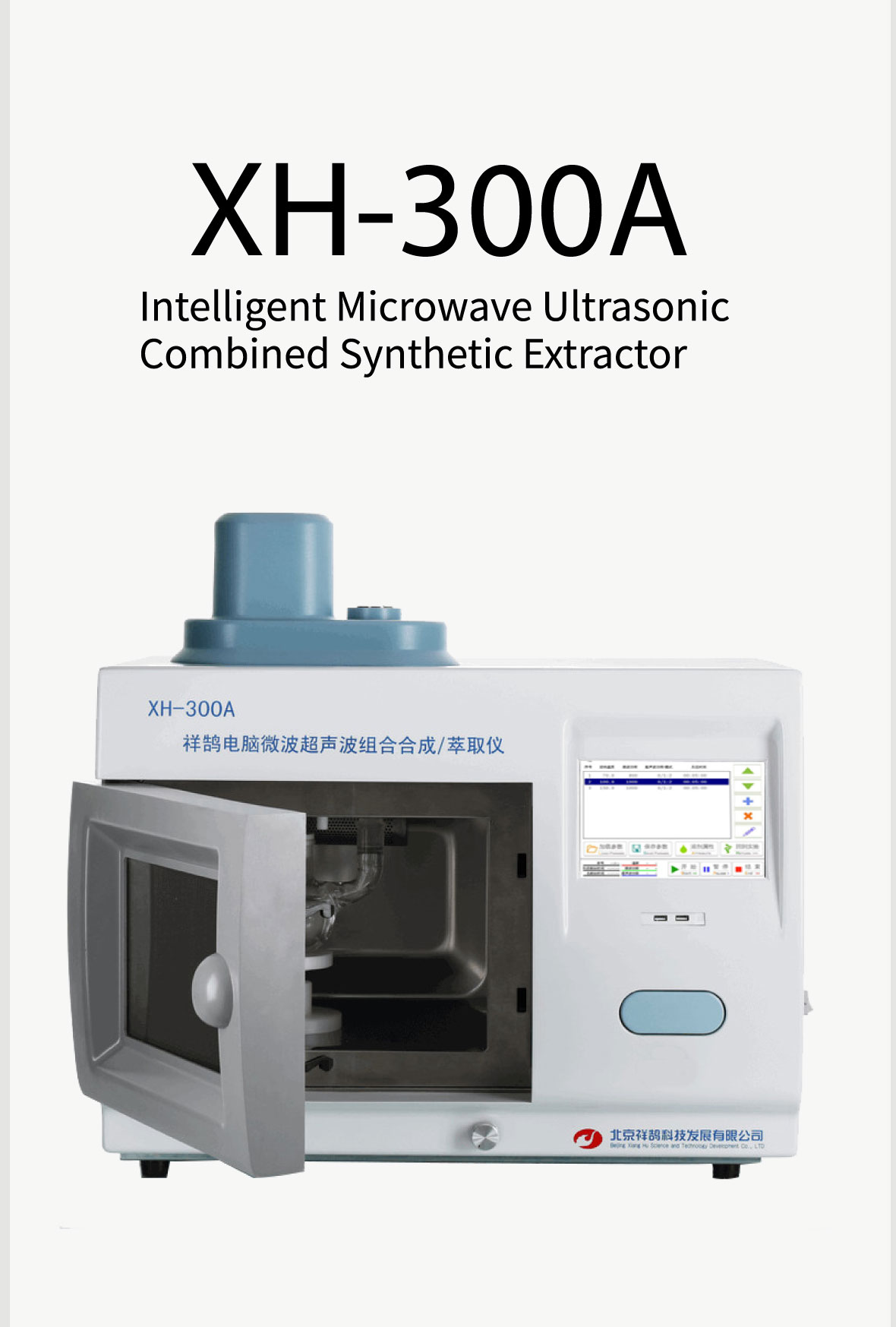
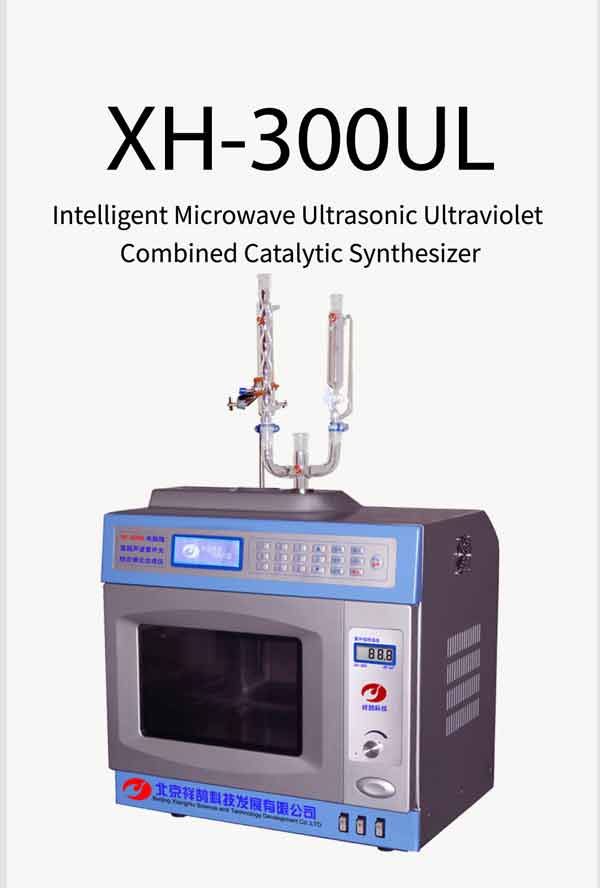
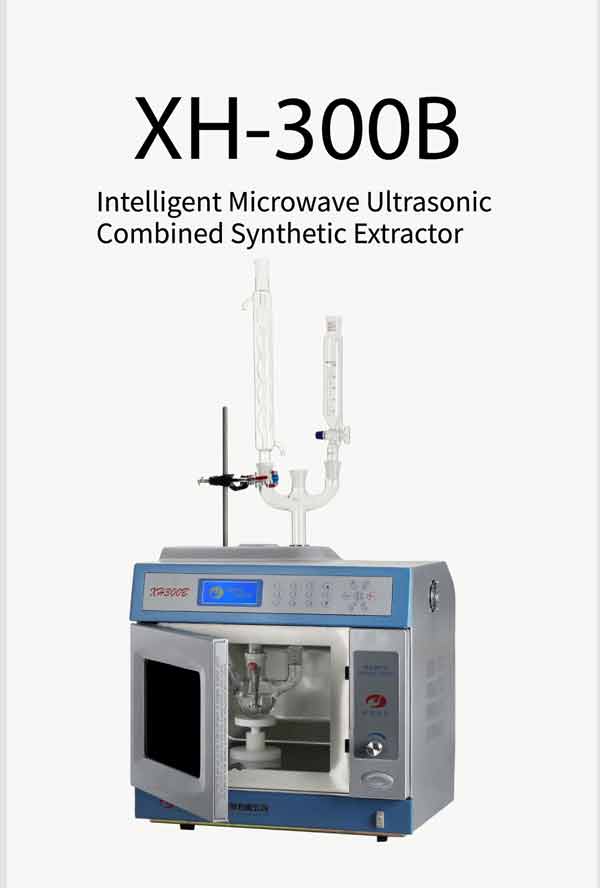

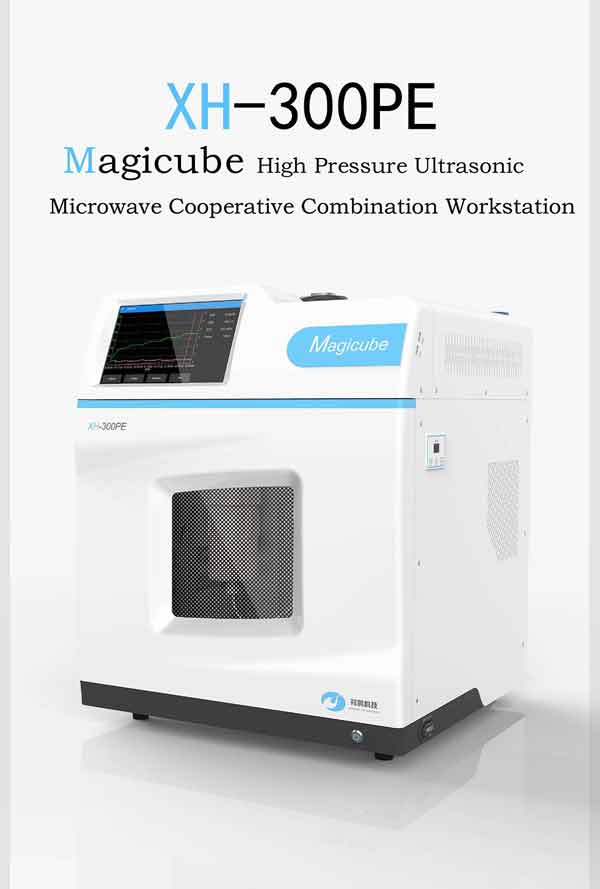
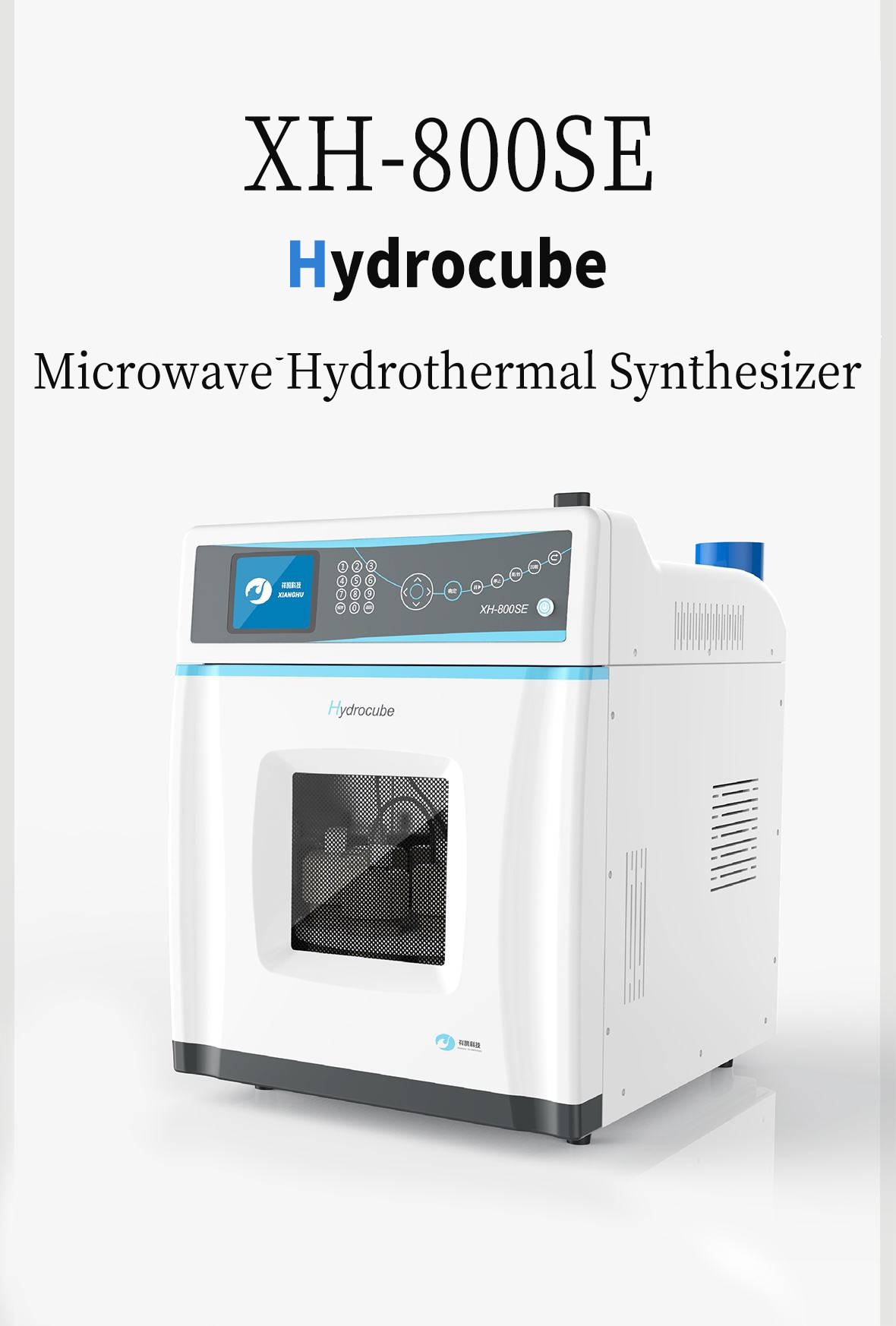
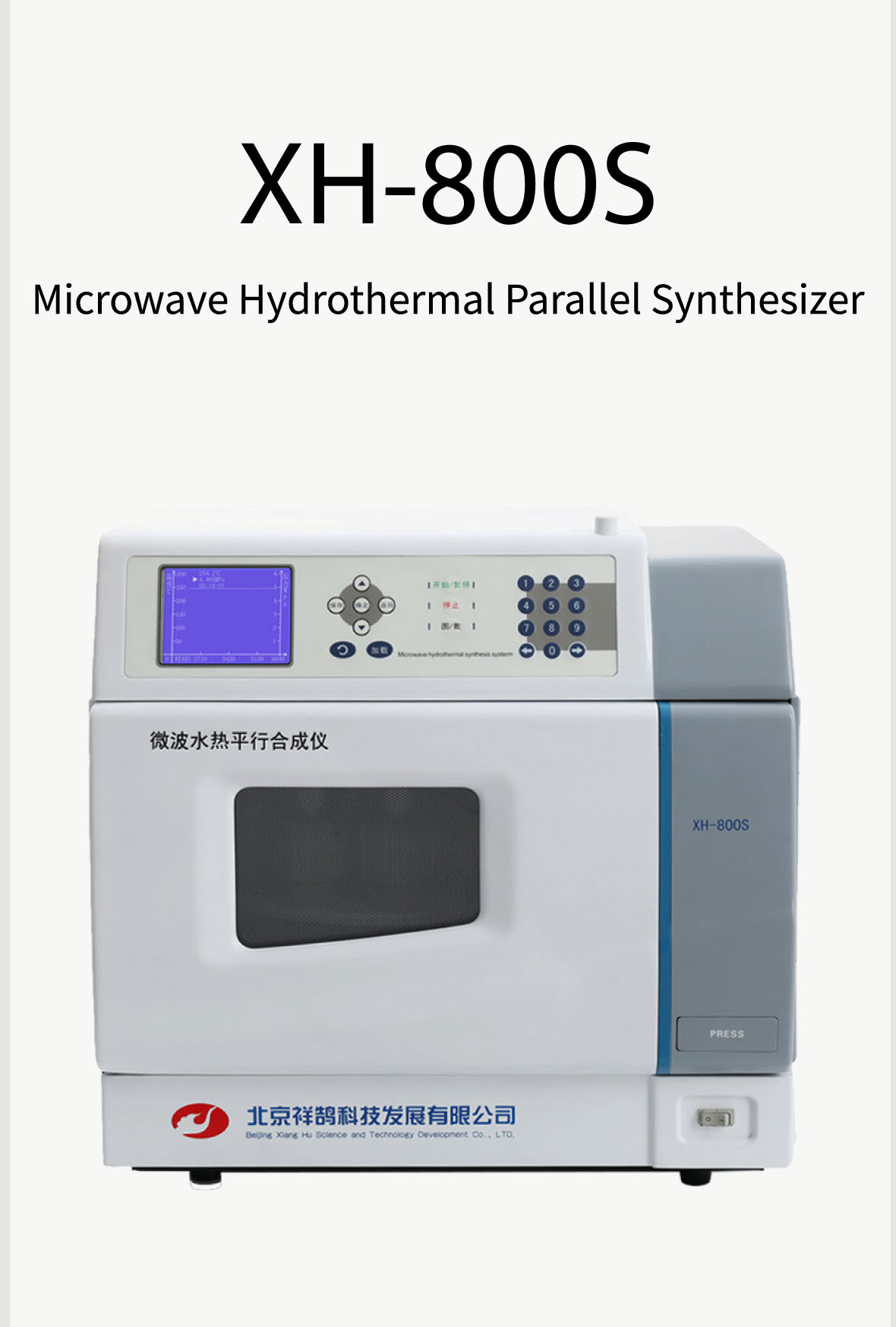
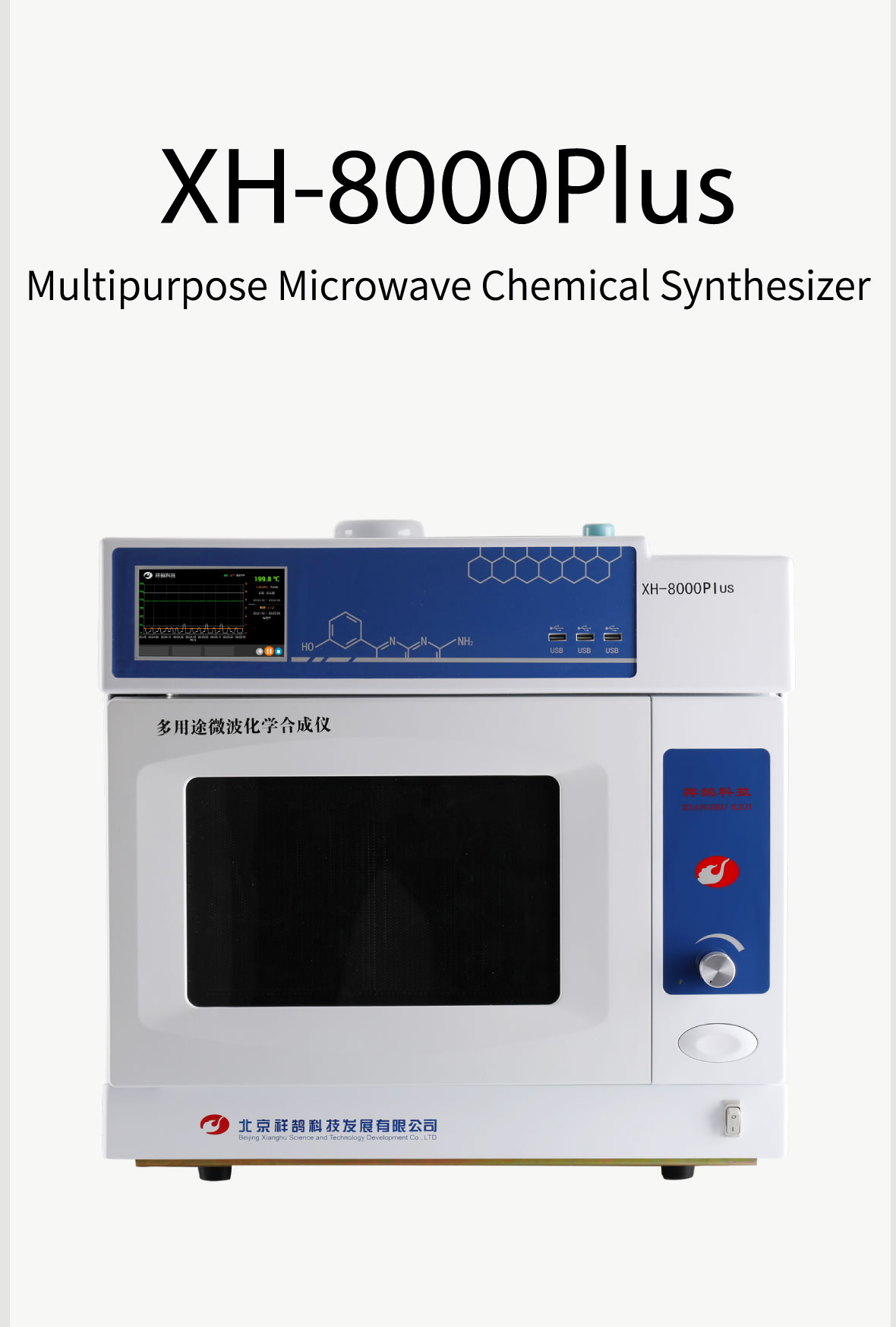
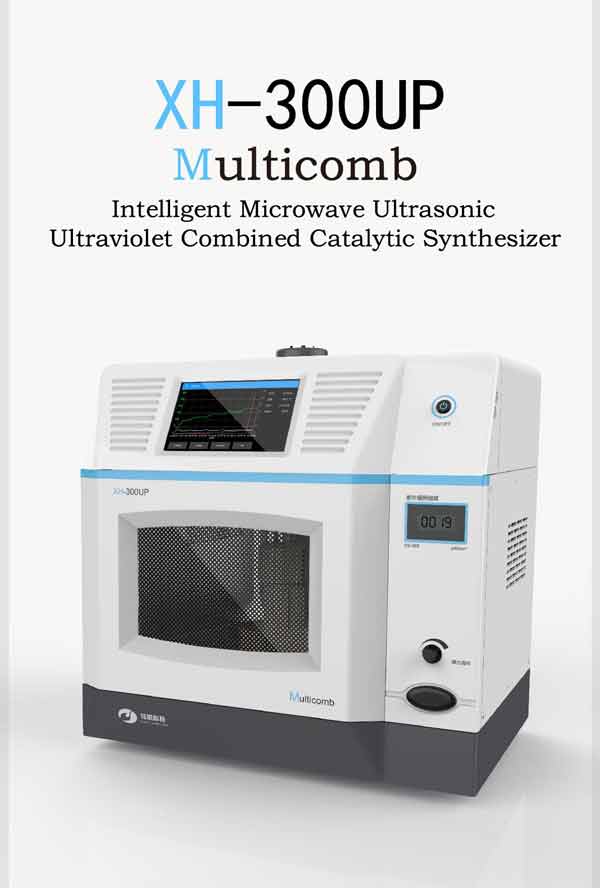
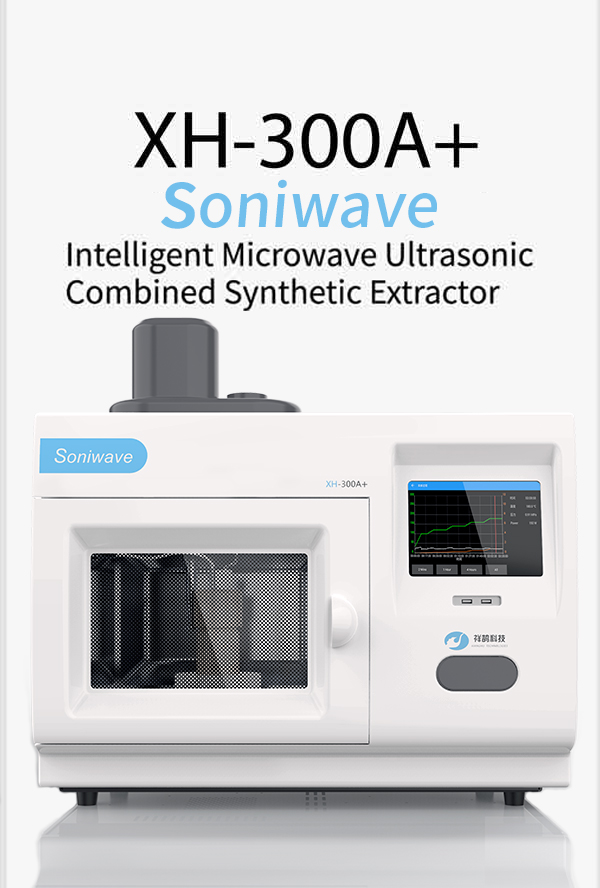
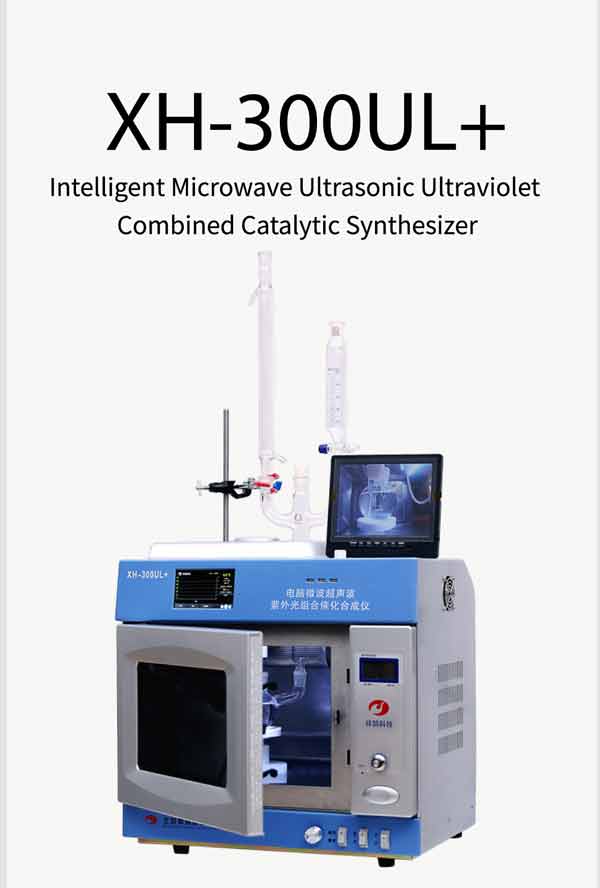
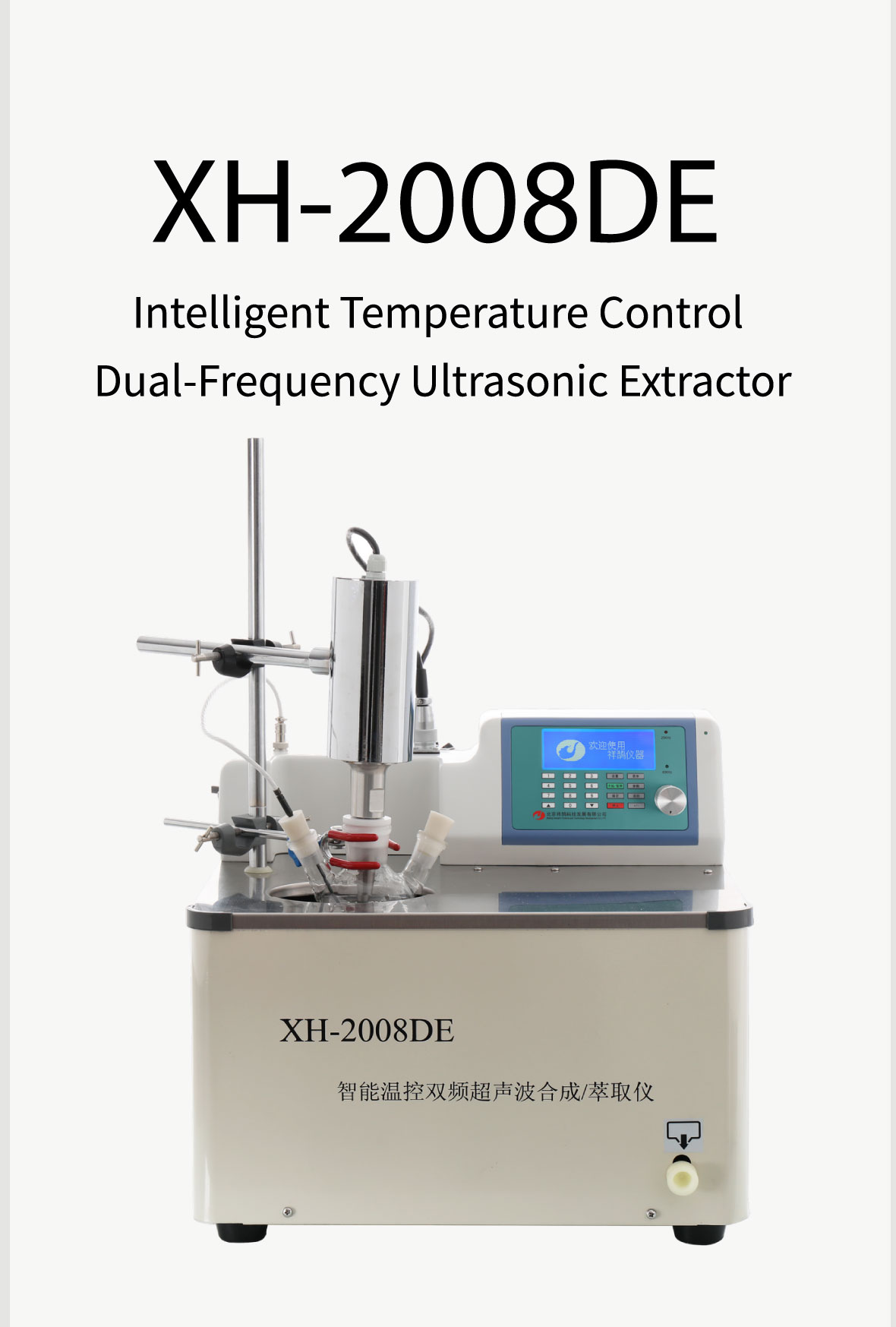
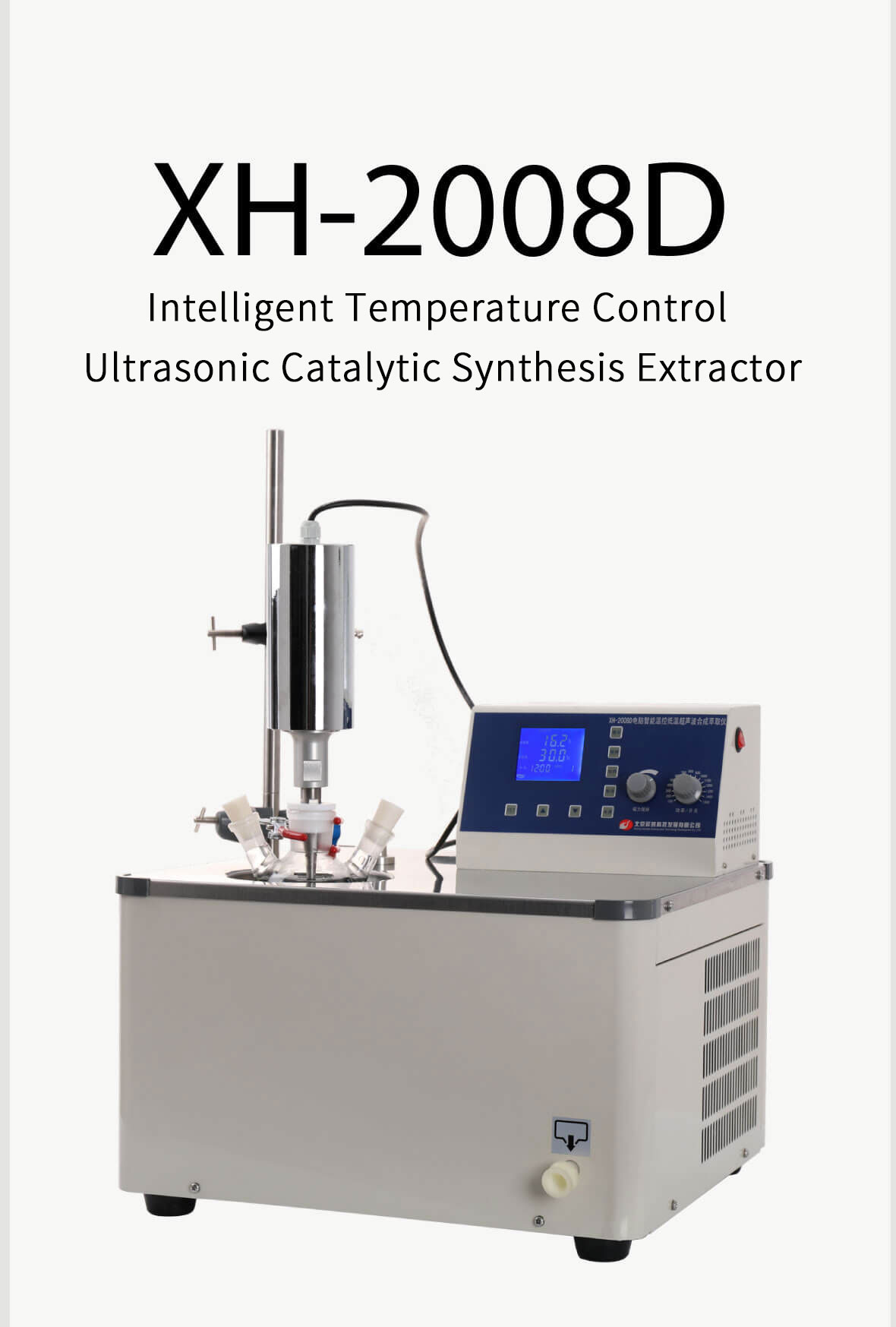


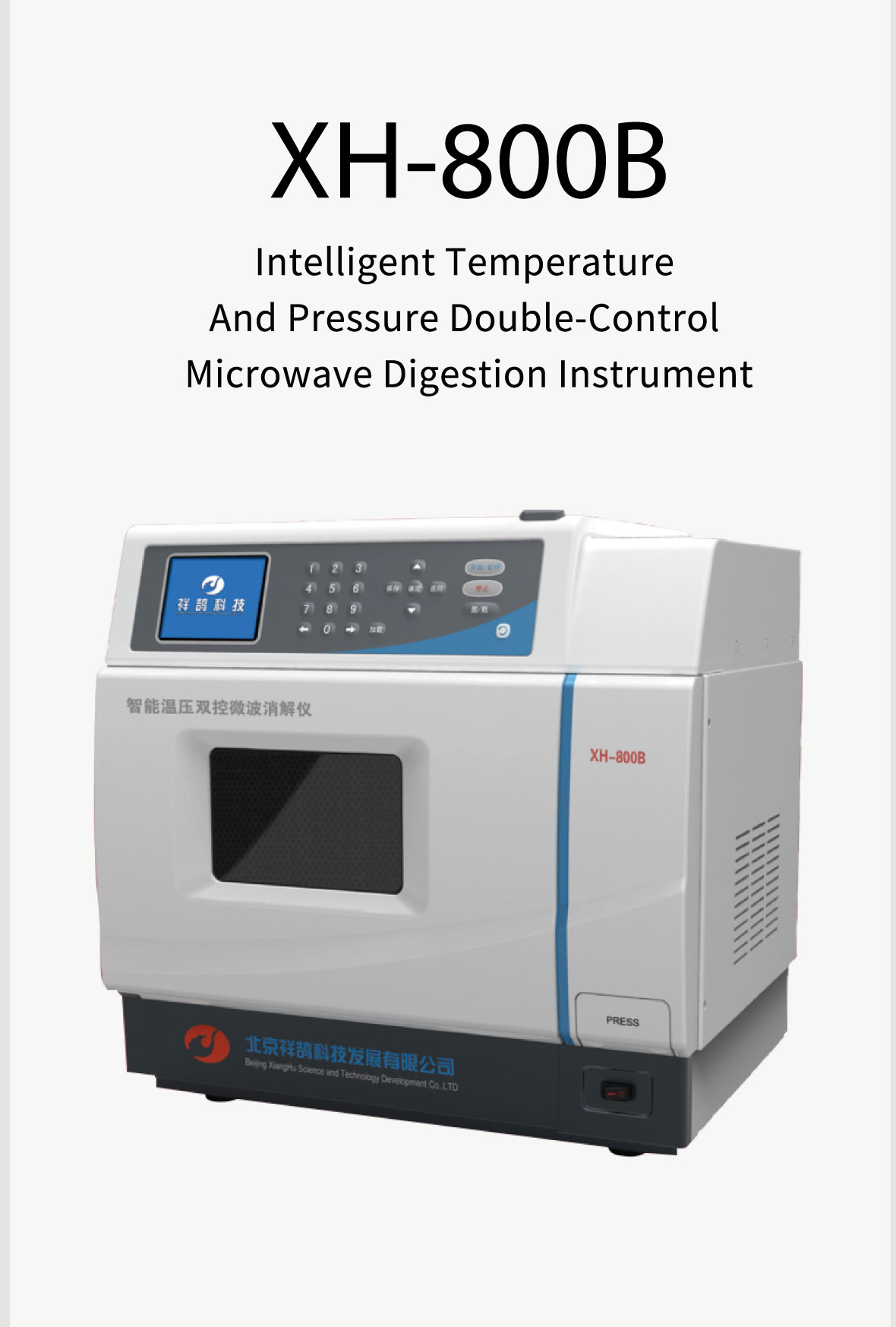
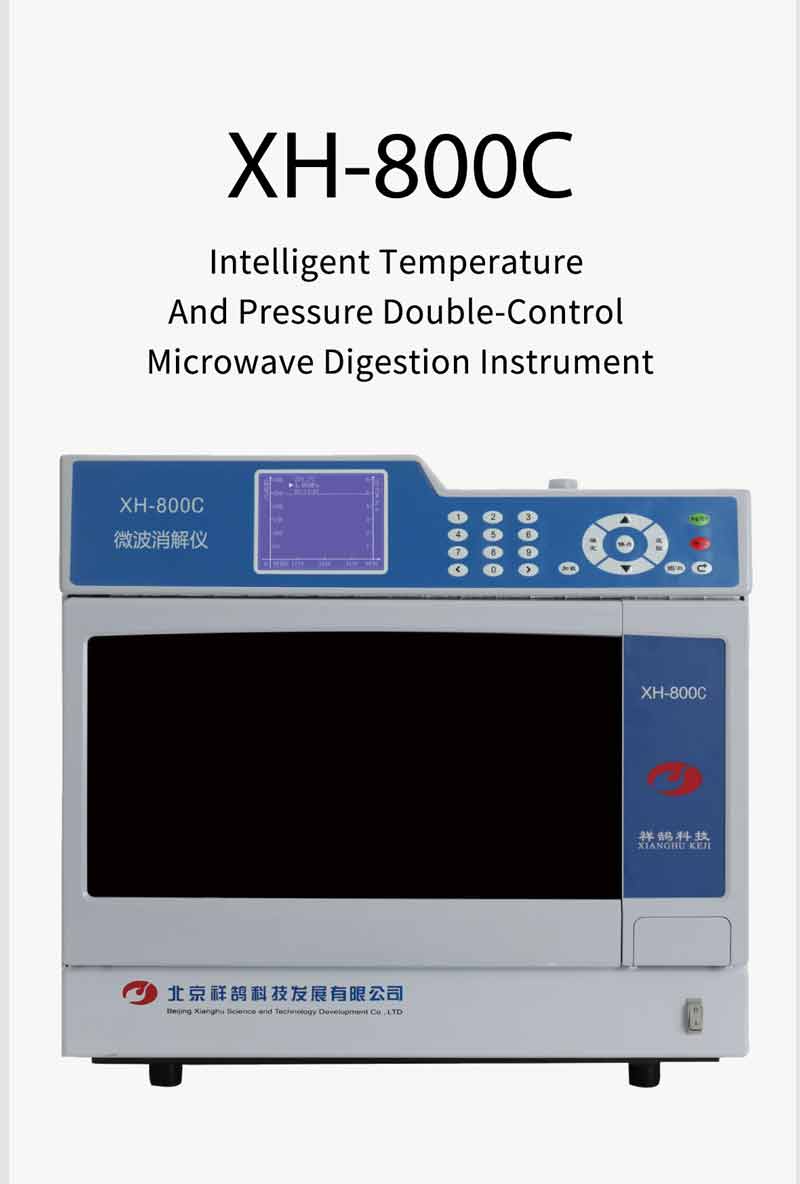
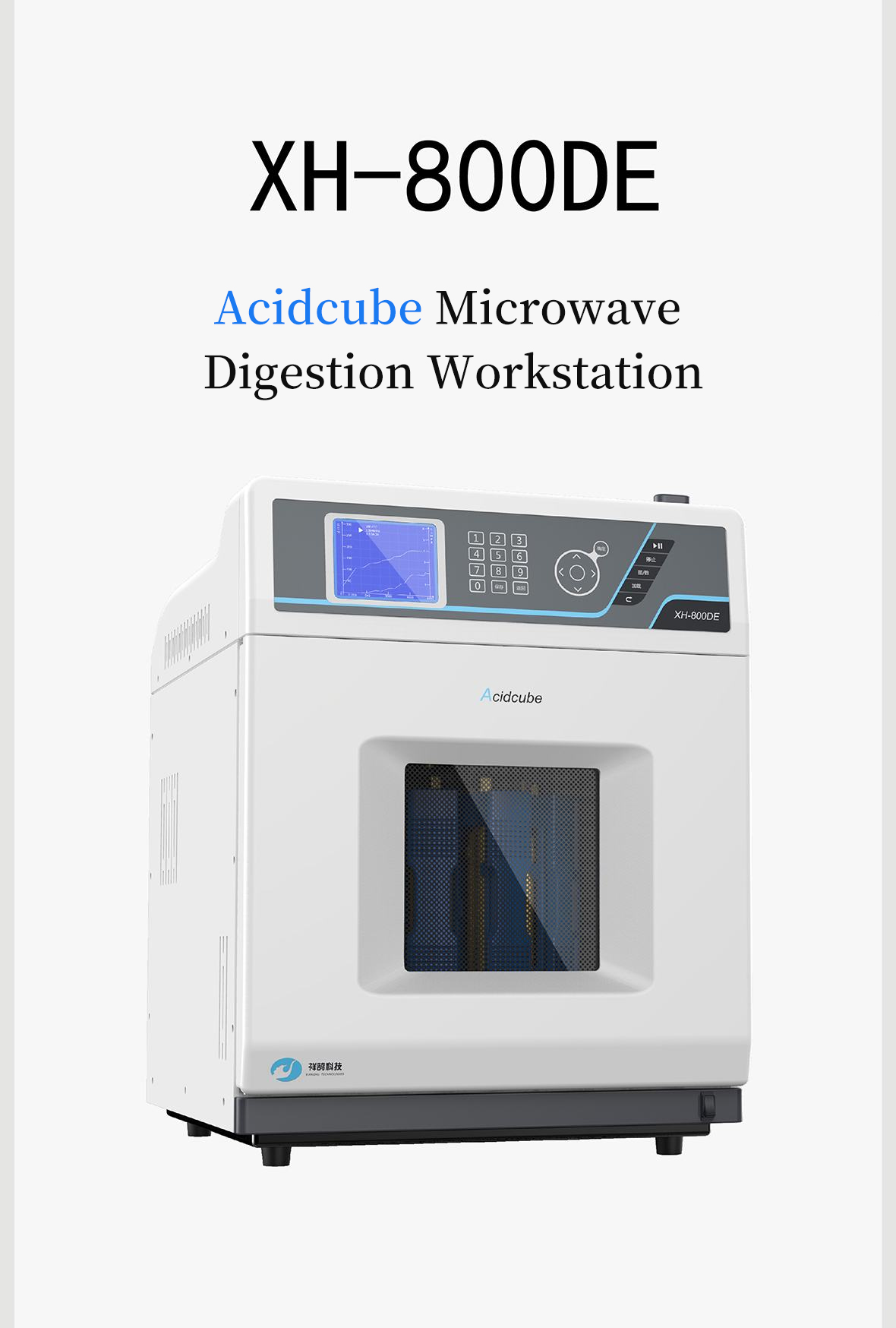
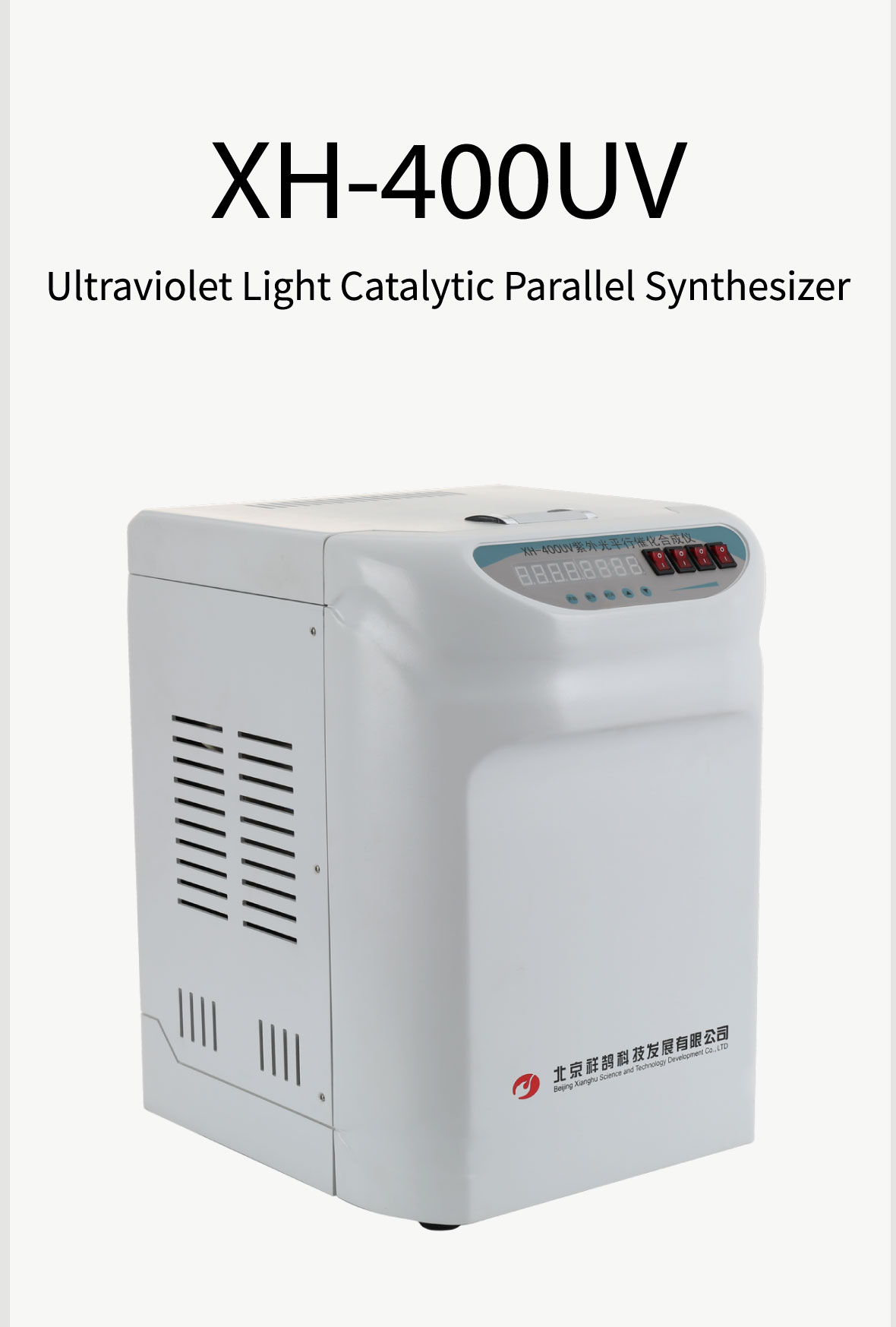
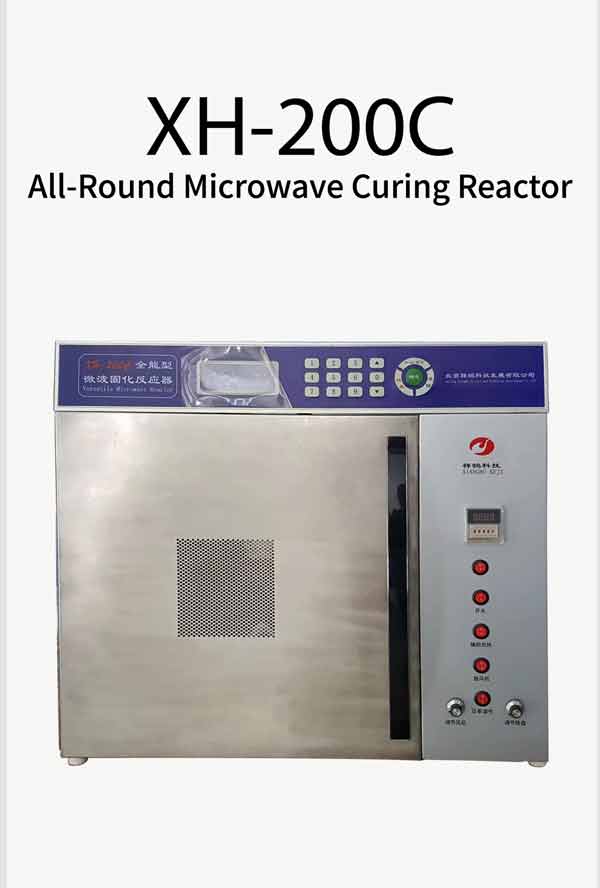
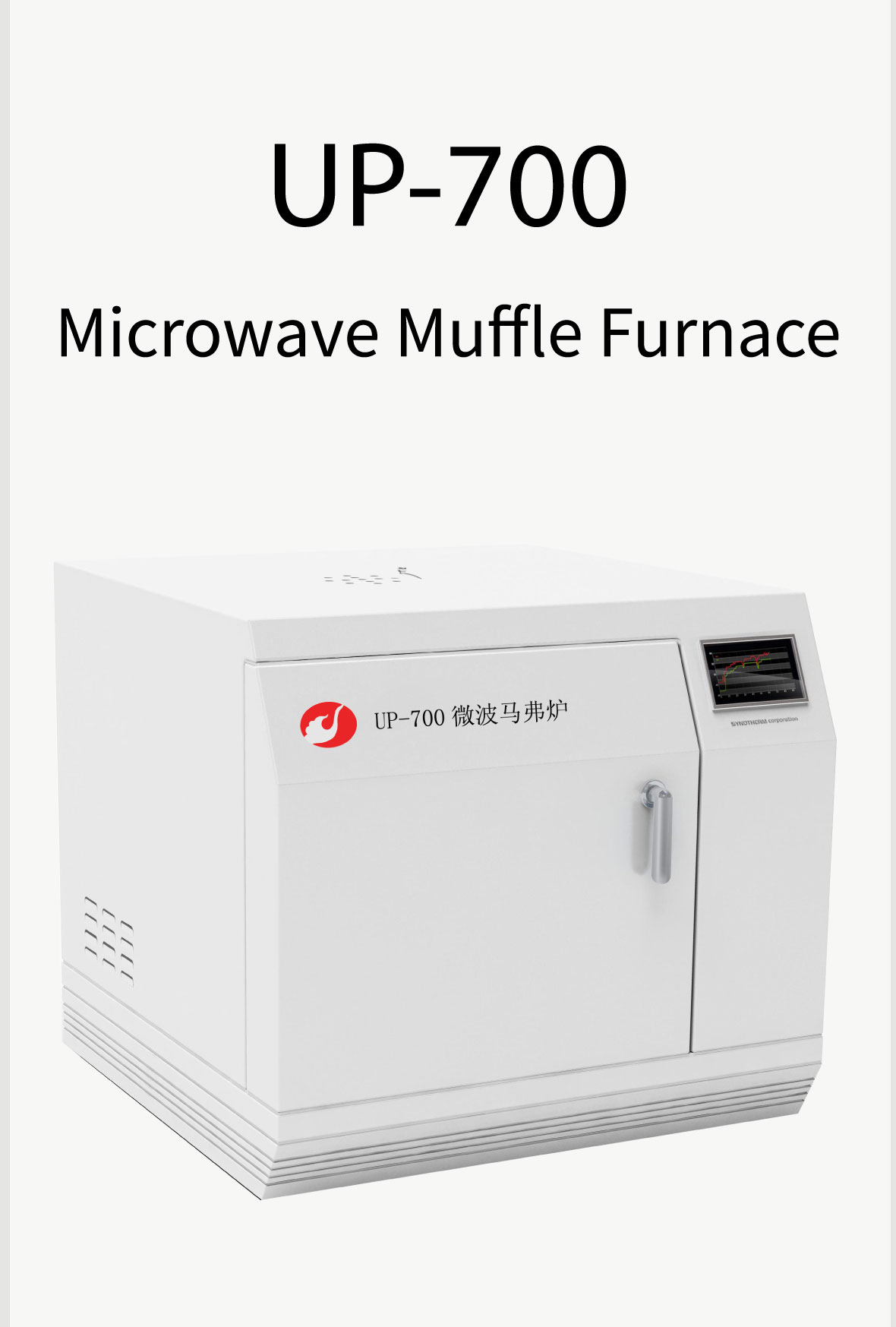
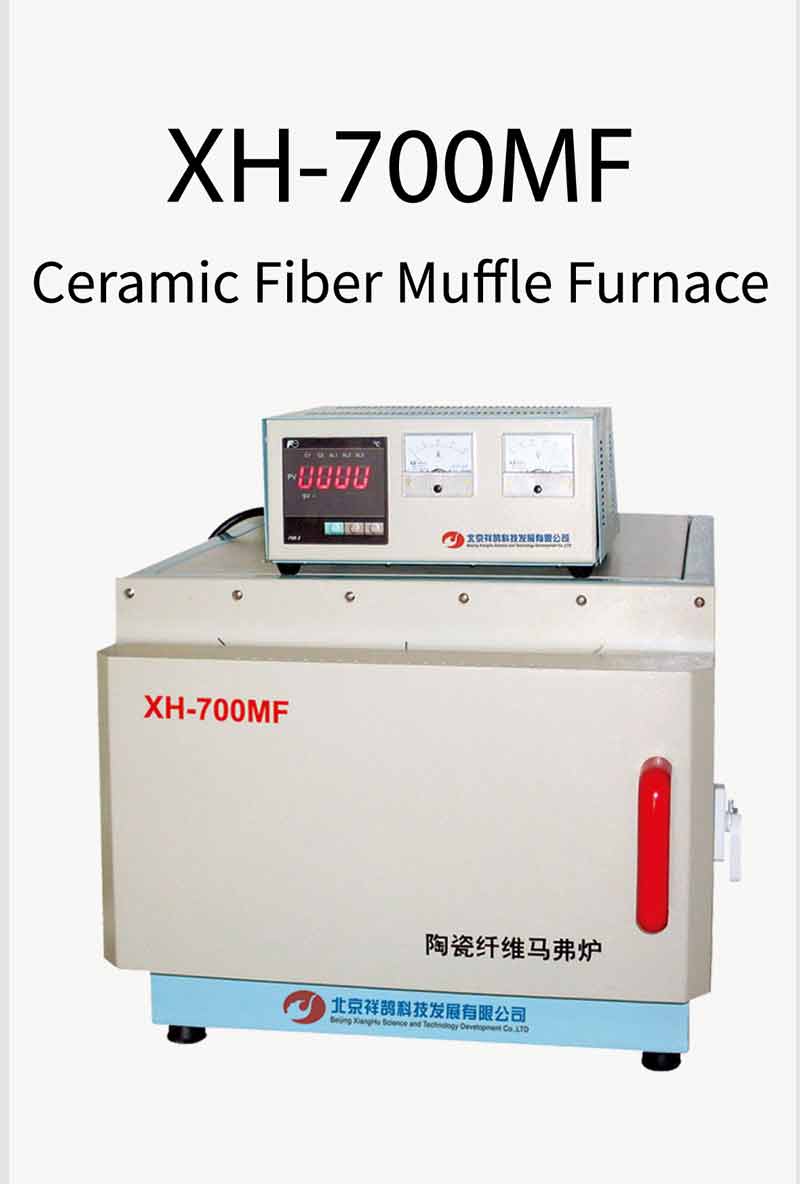
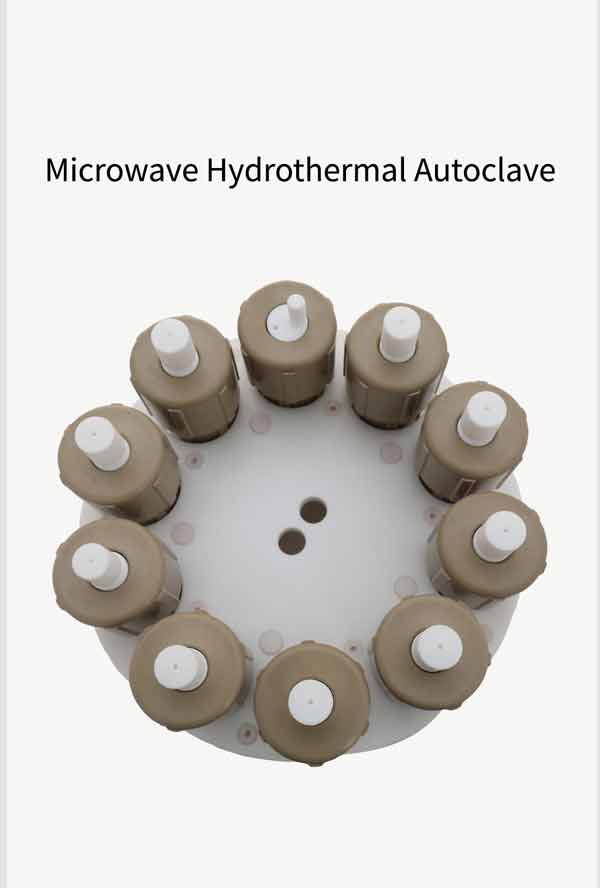
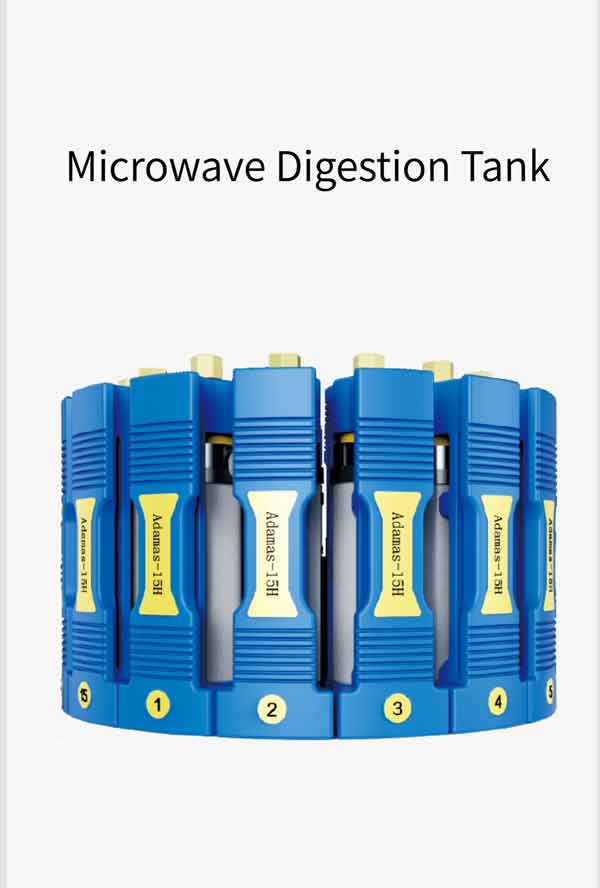


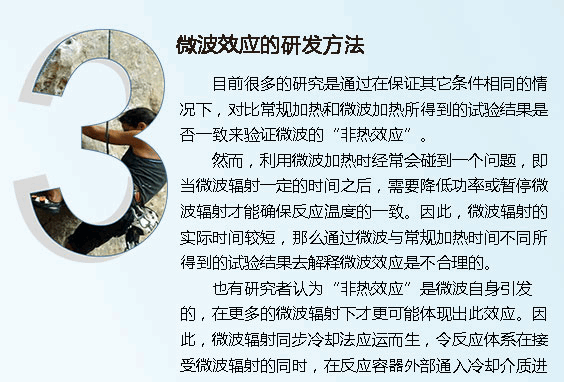
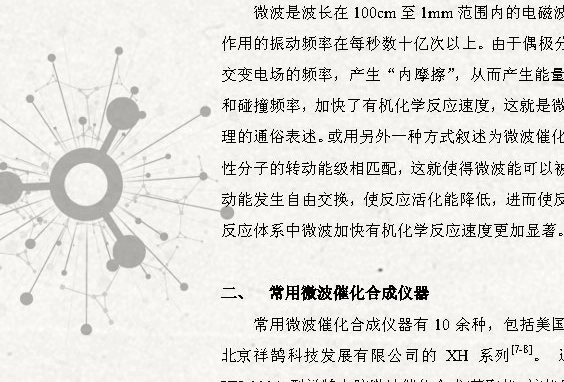
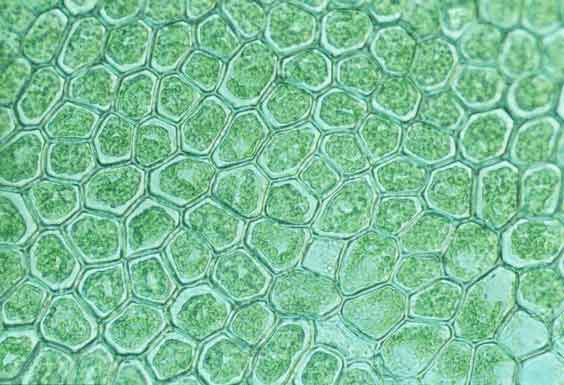
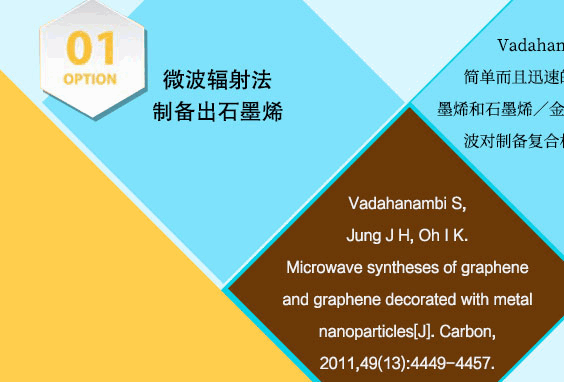
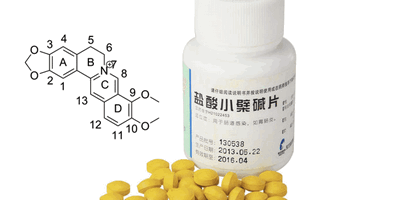
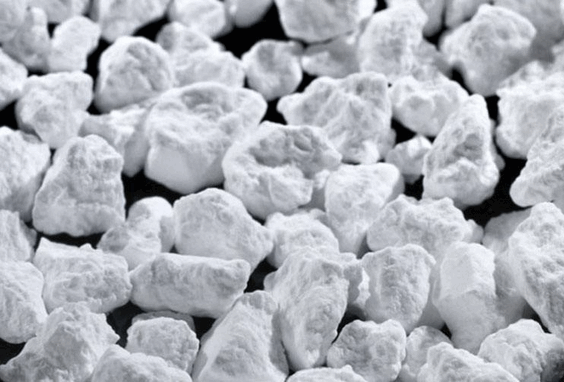
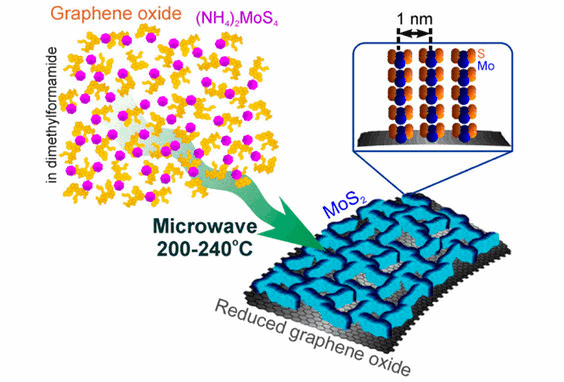
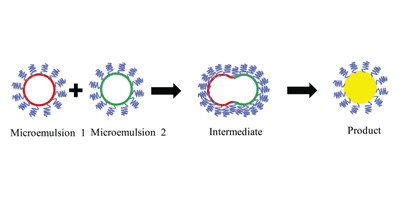

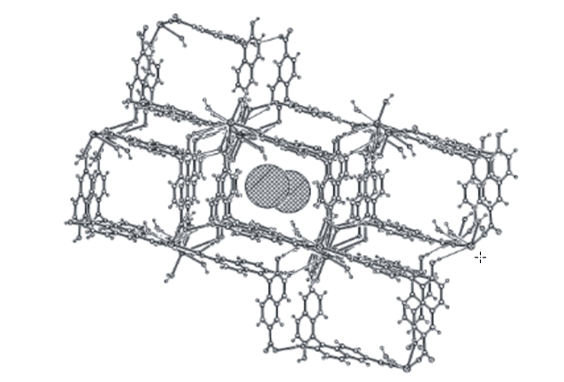
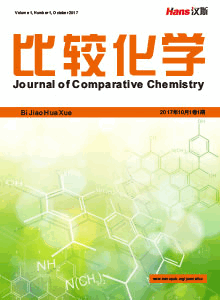






 京ICP备15050585号
京ICP备15050585号

